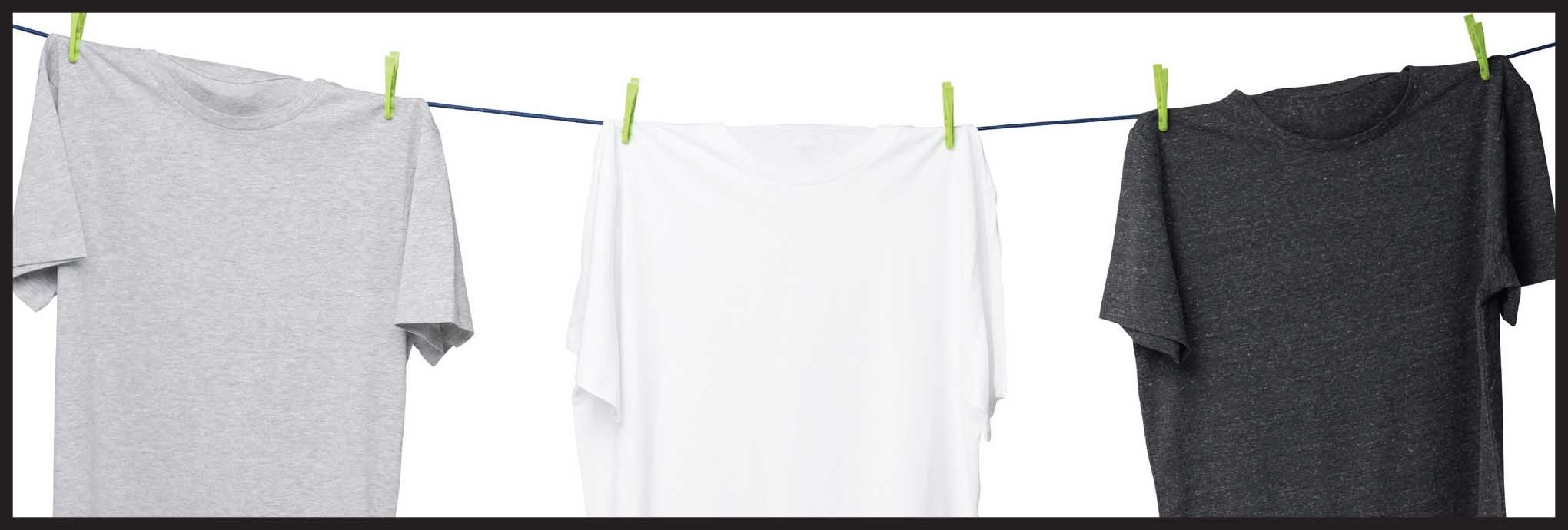
Department stores may soon have a bit of a problem—instead of clothing created specifically for “men” and “women,” brands are designing apparel that can be worn by both genders. Although designers have been borrowing traditional elements from men’s and women’s clothing for decades, until now there have been few collections designed to be worn by both men and women.
Are consumers ready to accept this gender-neutral concept? It depends. Researchers found, not surprisingly, that older Boomers and GenX consumers were less inclined to the idea, but Millennials, particularly female Millennials, are more accepting of a less-gendered world. Women’s Marketing looked at the impact and opportunities in a one-gender-fits-all retail world.
Who Wears The Pants?
In recent seasons, luxury apparel brands like Gucci, Marc Jacobs, and Prada have sent androgynous models down their runways dressed in seemingly gender-bending garments. But while couture and luxury clothing buyers may find the concept intriguing on the runway, it’s not likely to translate into sales from the high-end apparel traditional consumer.
So, where, if any, are the opportunities for brands to create one line that can be worn by both men and women? Interestingly, the bright spot in the category piggybacks off another apparel trend—athleisure. The comparatively genderless nature of athletic apparel gives brands like The North Face, Patagonia, and Nike an advantage on this front. T-shirts, shorts, hoodies, and classic fleece styles span the gap between menswear and womenswear. American Apparel produces unisex cotton basics intended to be worn by either gender.
If The Shoe Fits…
At the same time, athletic footwear brands have long marketed their shoes to both genders. Converse, Toms, Sperry, and Birkenstock are prime examples. Although they each have styles and colors that are designed for men and women, their classic designs are marketed to both men and women and achieved widespread appeal. Taking this one step further, up-and-coming footwear designer NiK Kacy developed a line of high quality gender-neutral shoes. Kacy’s masculine-inspired wing tips, suede desert boots, and contrasting leather dress boot styles come in a variety of sizes and are re-proportioned to fit individuals who gender-identify “as they deem fit.”
Let Kids Be Kids
Children’s wear presents another area for marketers to tap into this trend. As more parents dismiss girls-should-wear-pink-boys-should-wear-blue stereotypes, brands are creating colorful, gender-neutral clothing with a focus on function and durability. Millennial parents are key drivers of the trend to remove gender stereotypes from everything from toys to activities. By offering a broader array of products and services that accommodate both boys and girls, parents will have more choices to suit their preferences.
Retail Therapy
Earlier this year, London-based retailer Selfridges launched Agender, an in-store boutique and website that aimed to create a space where men and women could shop irrespective of gender. They are offering apparel, beauty products, and accessories that allow individuals to explore fashion as a blank space without the typical societal boundaries.
He, She, Me
With a growing Millennial segment that finds gender less relevant to their shopping, it may be time for retailers and brands to participate in this dialogue by offering more options. Is your brand ready to re-define its marketing and be at the forefront of change? Women’s Marketing offers our clients innovative strategic thinking and bespoke strategic media plans. Contact us today to learn how we can position your brand as a trendsetter.
NPD Group Blurred Lines: How Retail is Becoming Less Gendered and Why You Should Care; Mintel, Let Kids Be Kids, September 2015.



Comments